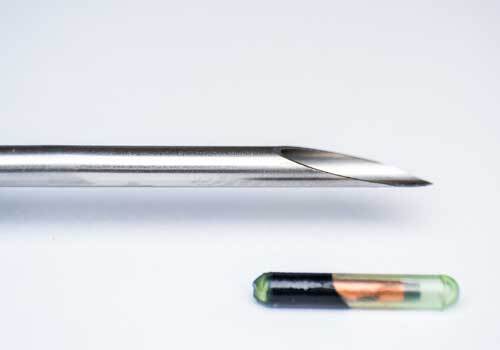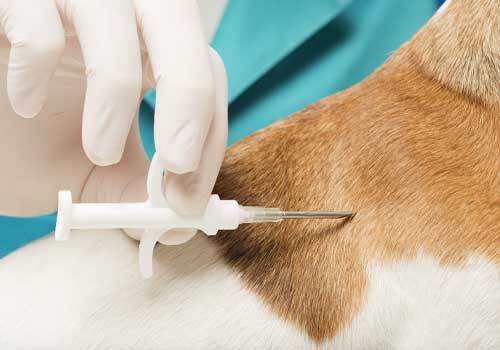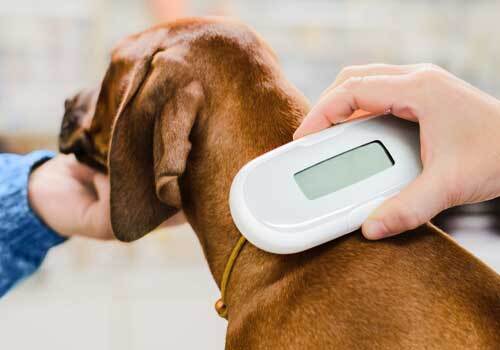|
Why should i microchip my pet? Millions of dogs and cats become lost each year. Tragically, few are reunited with their owners. Many lost pets end up in shelters where they are adopted out to new homes or even euthanized. It is important that your pet has identification at all times. Collars and tags are essential, but they can fall off or become damaged. Technology has made it possible to equip your pet with a microchip for permanent identification. There are literally thousands of stories about how a microchip has led to a lost pet being reunited with its owner. Please click here to read about just a few of these successes. How it Works A microchip is about the size of a grain of rice. It consists of a tiny computer chip housed in a type of glass made to be compatible with living tissue. The microchip is implanted between the dog or cats shoulder blades under the skin with a needle and special syringe. The process is similar to getting a shot. Little to no pain is experienced - most pets do not seem to even feel it being implanted. Once in place, the microchip can be detected immediately with a handheld device that uses radio waves to read the chip. This device scans the microchip, and then displays a unique alphanumeric code. Once the microchip is placed, the animal must be registered. Then, pets can be traced back to the owner if found.
Things You Should Know Microchips are designed to last for the life of an animal. They do not need to be charged or replaced. Some microchips have been known to migrate from the area between the shoulder blades, but the instructions for scanning emphasize the need to scan the pet’s entire body. A microchipped pet can be easily identified if found by a shelter or veterinary office in possession of a scanner. No method of identification is perfect. The best thing you can do to protect your pet is to be a responsible owner. Keep current identification tags on your dog or cat at all times, consider microchipping as reinforcement, and never allow your dog to roam free, especially in Qatar. If your dog does become lost, more identification can increase the odds of finding your beloved companion. |
 |
 |
 |
